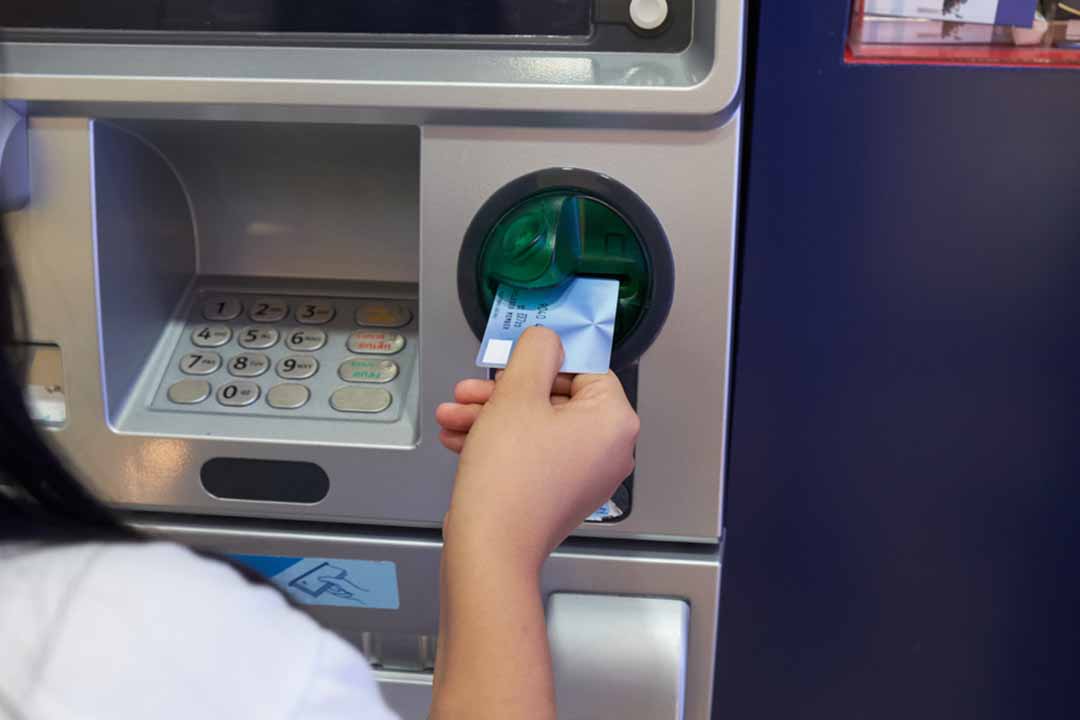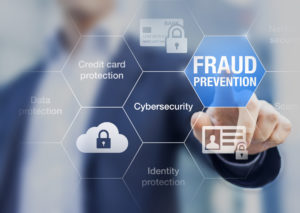As the banking industry embraces new technologies, criminals are becoming equally innovative, especially when it comes to ATM fraud. For banking professionals, mastering the intricacies of ATM fraud is essential to securing assets, safeguarding customer data, and upholding trust. Confronting ATM fraud means identifying its various forms, adopting cutting-edge security measures, and cultivating a vigilant, informed culture among staff and customers.
What is ATM Fraud?
ATM fraud encompasses a variety of illegal activities aimed at stealing money directly from ATMs or customers’ bank accounts through the use of ATMs. Fraudsters employ numerous methods to exploit vulnerabilities in ATM systems, often leveraging advanced technology and social engineering tactics to bypass security measures. The primary goal of ATM fraud is to gain unauthorized access to cash or sensitive information such as PINs and card details.
ATM Fraud Trends and Examples
Skimming
Skimming is one of the most prevalent forms of ATM fraud. Criminals attach small devices, known as skimmers, to ATM card slots. These devices capture card information as customers insert their cards. Often, skimmers are paired with hidden cameras or fake keypads to record PIN entries.
Card Trapping
In card trapping, fraudsters use devices that capture a customer’s card inside the ATM. When the customer leaves to report the issue, the criminal retrieves the card and uses it to withdraw money. Card trapping can be particularly effective in areas with low foot traffic or where ATMs are less frequently monitored.
Cash Trapping
Cash trapping involves manipulating the ATM’s cash dispenser. Fraudsters insert devices that trap cash as it is dispensed. When a customer believes the ATM is malfunctioning and leaves, the criminal retrieves the trapped cash. This method exploits the customer’s immediate assumption that the machine has failed.
Card Shimming
Shimming is a more advanced technique compared to skimming. It involves inserting a thin, paper-like device into the card reader, which intercepts chip-based card transactions. This method targets the chip data, which is generally considered more secure than magnetic strip data, making it a significant threat.
Jackpotting
Jackpotting is a high-tech attack where criminals install malware on ATMs, causing the machines to dispense large amounts of cash on command. This method often requires physical access to the ATM’s internal components and is usually executed by well-organized criminal groups.
Card Not Present (CNP) Fraud
CNP fraud occurs when stolen card information is used for online transactions without a physical card. Although not exclusive to ATMs, the information is often harvested through ATM skimming or other related methods.
Social Engineering
Fraudsters also exploit social engineering tactics to deceive customers into revealing their PINs or card information. This can include phishing emails, phone calls, or even physical interactions at ATMs, where criminals pose as bank representatives to gain trust.
ATM Fraud Prevention Tips for Banks
Enhance ATM Security Measures
Banks should invest in advanced security technologies, such as anti-skimming devices and biometric authentication systems, to deter fraud attempts. Regularly updating ATM software and firmware is essential to protect against emerging threats.
Regular Inspections and Maintenance
Conducting frequent inspections and maintenance of ATMs can help identify and remove any fraudulent devices. Training staff to recognize signs of tampering and ensuring ATMs are in well-lit, monitored locations can further enhance security.
Customer Education
Educating customers about ATM fraud and safe banking practices is crucial. Providing clear instructions on how to spot suspicious devices, protect their PINs, and report any irregularities can empower customers to be the first line of defense.
Implement Real-Time Monitoring
Utilizing real-time monitoring systems can help banks detect and respond to fraudulent activities swiftly. These systems can alert bank security teams to unusual patterns, such as repeated transactions or failed login attempts, allowing for immediate investigation.
Collaborate with Law Enforcement
Building strong relationships with local and international law enforcement agencies can aid in the rapid sharing of information and resources. This collaboration is vital for staying updated on the latest fraud tactics and ensuring a coordinated response to incidents.
Limit Cash Holdings
Reducing the amount of cash stored in ATMs can minimize potential losses from attacks such as jackpotting. Implementing smart cash management systems that dynamically adjust cash levels based on demand can help achieve this balance.
Use Encrypted Communications
Ensuring that all communications between the ATM and the bank’s central systems are encrypted can prevent interception of sensitive data. Adopting end-to-end encryption protocols and regularly updating cryptographic keys are essential steps in safeguarding transaction integrity.
Adopt Multi-Layered Authentication
Implementing multi-layered authentication methods, such as combining PIN entry with biometric verification, can significantly reduce the risk of unauthorized access. This approach makes it more challenging for fraudsters to gain control over ATM transactions.
Perform Regular Risk Assessments
Conducting thorough risk assessments of ATM networks and updating security policies accordingly can help identify and mitigate vulnerabilities. These assessments should include evaluating the latest fraud trends and ensuring compliance with regulatory standards.
Become a Certified Fraud Specialist with BankersHub
Nearly all financial institutions are experiencing increasing fraud rates across all customer contact channels, including ATMs. With BankersHub’s Certified Fraud Specialist (CFS) course, banking and credit union professionals can receive new or refresher training in the most common and overlooked fraud exposure weaknesses affecting their financial institutions. Our 8-course on-demand training offers insights and actions for mitigating fraud activities. Staying ahead of ATM fraud can help you safeguard your customers’ resources, ensuring confidence in your financial institution. Register today to begin your Certified Fraud Specialist journey!








